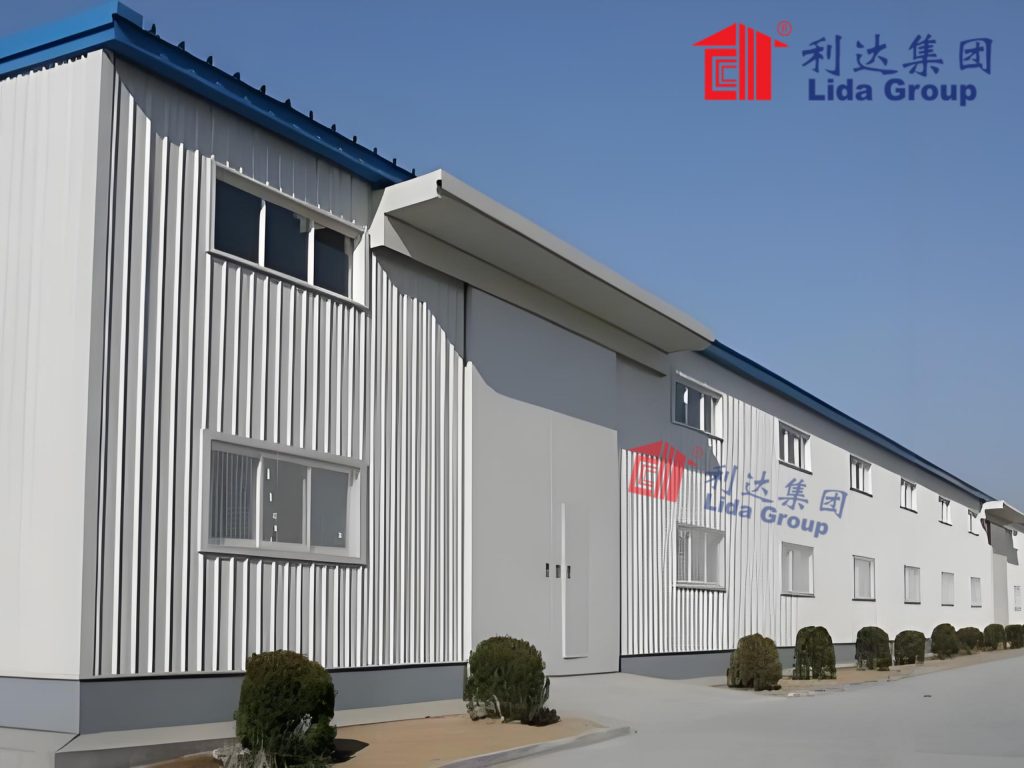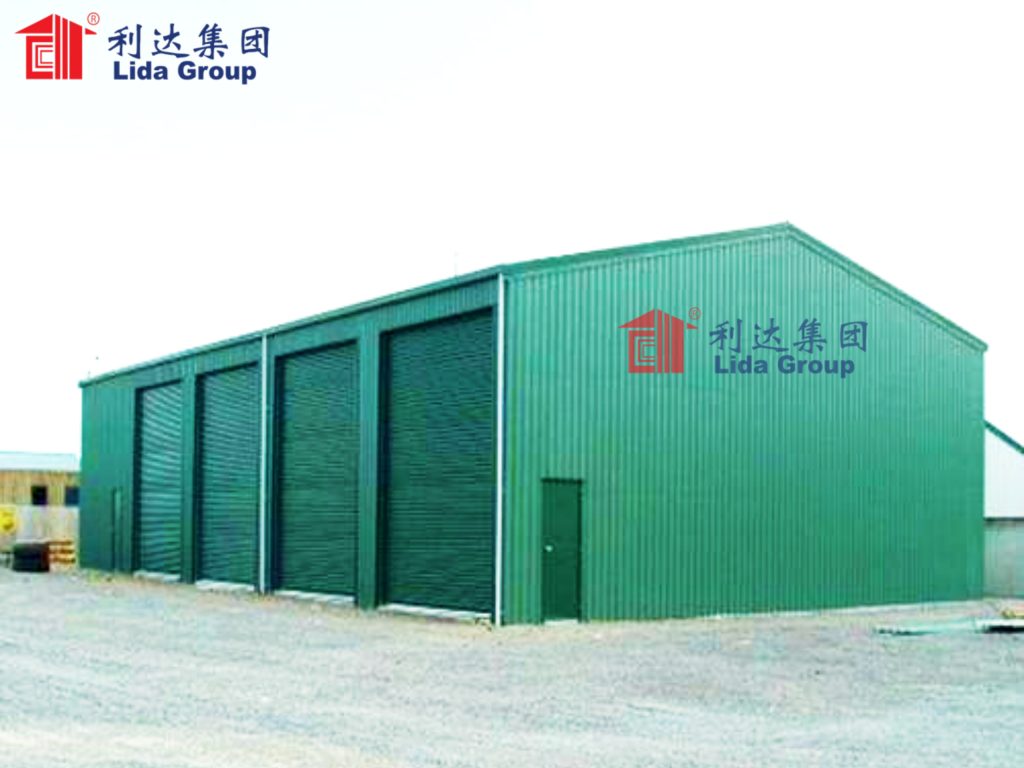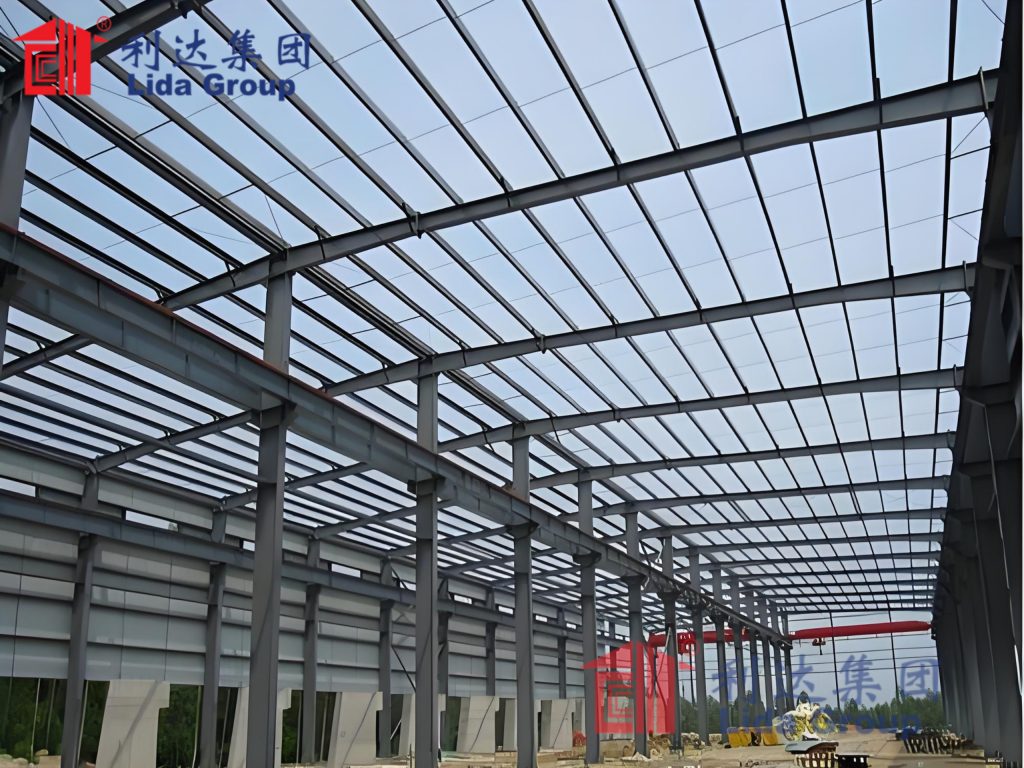With college enrollments swelling globally each year, institutions of higher education face growing pressures to expand campus housing capacity. For public universities with tight construction budgets, minimizing development timelines and costs takes top priority. However, traditionally the process of designing, permitting and erecting new student residence buildings often took two years or more using standard building methods. This made it difficult for colleges to keep pace with rising enrollment demands.
Seeking to revolutionize student housing construction, one design-build firm specialized in modular prefabrication has shattered industry norms. Lida Group, an innovative Shandong-based engineering company, recently delivered a pioneering new 820-bed student residence complex at Shanghai Jiao Tong University in a record-breaking 11 months—nearly half the typical schedule for projects of its scale. Their secret? Advanced use of pre-cut, pre-assembled components built into a robust yet lightweight structural steel frame.
The residence, consisting of three 14-story towers and auxiliary buildings, marks one of the largest student housing commissions ever completed in China using prefabricated modular techniques. Comprising 160,000 square feet of total space, the scope required innovative speed without compromising structural integrity or construction quality. Through meticulous planning and off-site prefabrication of standardized steel components, Lida achieved a level of efficiency never seen before for student housing.

As design principal for the project, Lida began by leveraging building information modeling software to optimize the structural system and maximize modular replication across building elevations. They devised a structural grid allowing repetition of standardized floor cassettes, wall panels and external cladding units that snapped together like Lego blocks via pre-drilled connections on-site. Steel rather than concrete provided the ideal material foundation for this modular strategy due to its precision, light weight and constructability advantages.
In the factory, huge bespoke steel fabricating machinery precisely cut, drilled and welded frame elements to exacting high-tolerance standards under tightly-controlled conditions. Pre-assembled floor cassettes arrived on site fully outfitted with fireproofing, underslab plumbing pipes, electrical raceways and HVAC ductwork—90% complete prior to lifting. Only final bolt connections remained, boosting on-site labor productivity fivefold versus cast-in-place concrete.
Meanwhile tower wall panels were fully pre-clad with windows and insulation off-site before leveraging the same standardized modular dimensioning for fast on-site connections. From groundbreaking, a new floor could ascend within five days thanks to massive tower crane capacity and logistical coordination ensuring rapid just-in-time component deliveries. Nearly all work occurred under favorable factory conditions rather than depending on variable outdoor weather, greatly reducing schedule impacts.

By taking full advantage of industrialized prefabrication techniques, Lida shattered traditional wisdom that student housing must rely on slow, labor-intensive concrete construction. As components efficiently rose floor by floor around the clock, the first tower completed in only four months—far surpassing expectations. Remarkably, a new student could move into a finished suite just eight months after groundbreaking versus the typical 24 month timeline.
Architects and engineers universally hailed the project’s success, citing Lida’s modular coordination and precision-engineered steel components as the key to its incredible pace. The company’s design build approach optimized constructability factors from the start, allowing maximum scalability and replication off-site. Where conventional approaches treat prefabrication as an afterthought, Lida designed the buildings from the factory floor up for complete disassembly and reassembly in a rational modular sequence.
Beyond pure speed, the prefabricated structural system brought numerous quality control advantages as well. Factory welding of steel connections was more consistent than field-welding in changeable weather conditions. The strict quality protocols also ensured dimensional accuracy repeatability impossible with poured concrete. Together, these attributes translated to a higher caliber finished product, lowering ownership costs for the university through reduced maintenance needs and life cycle performance far surpassing typical housing constructions.

Prefabricated cladding panels further streamlined the exterior skin installation while maintaining a sleek architectural aesthetic suited to contemporary campuses. The low-maintenance aluminum composite exterior required minimal on-site finishing, cutting material waste and improving weather protection during erection. Integrated solar panels help power building systems and support the university’s sustainability initiatives.
Today as the first residents move in, the energy efficient prefab student housing complex has been hailed as a model for the industry. Its success demonstrates the tremendous potential of offsite manufacturing techniques to solve pressing challenges around affordable student housing shortages. Where outdated methods once kept universities lagging demand, innovative modular construction innovation has slashed development cycles in half.
The results portend a paradigm shift towards total prefabrication for large-scale residential projects. Whether student dormitories or workforce apartment communities, modular construction is positioned to be the new normal with companies like Lida at the forefront of advancing modular building practices. Their leadership has helped illuminate a path towards faster, higher- quality and lower-cost construction solutions through continued optimization of pre-cut components and integrated design-build delivery models.

In summary, the record-breaking erection of Lida Group’s modular prefabricated student housing complex exemplifies the transformational impact of offsite construction techniques. Through meticulous planning and industrialized building processes in controlled factory environments, projects once deemed too large can now be completed at an unprecedented pace. Not only has Lida shattered schedules, but they have raised expectations for project quality, sustainability, and cost management long-term. Their pioneering work points to an exciting future where modular assembly revolutionizes industry norms across all building typologies.

Related news
-
Fast Install Detachable Assembly Prefab Container House for Living House
2024-09-24 13:44:00
-
Lida Group designs durable structural steel frame for multi-storey apartment complexes providing high-quality housing in urban renewal project.
2024-09-25 09:29:38
-
Detachable Container Prefab Steel Home Office Prefabricated Dormitory Mobile Container House
2024-09-24 09:22:39
contact us
- Tel: +86-532-88966982
- Whatsapp: +86-13793209022
- E-mail: sales@lidajituan.com


